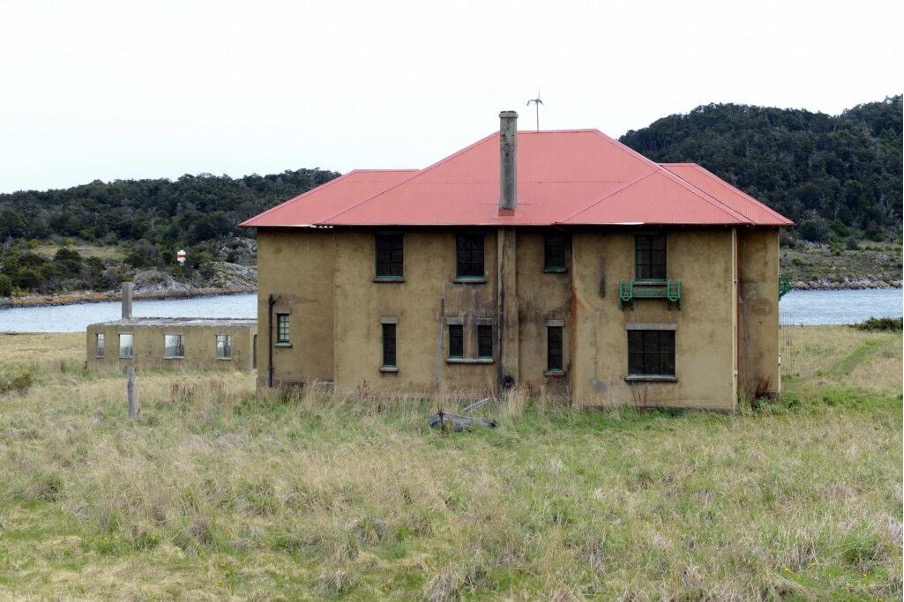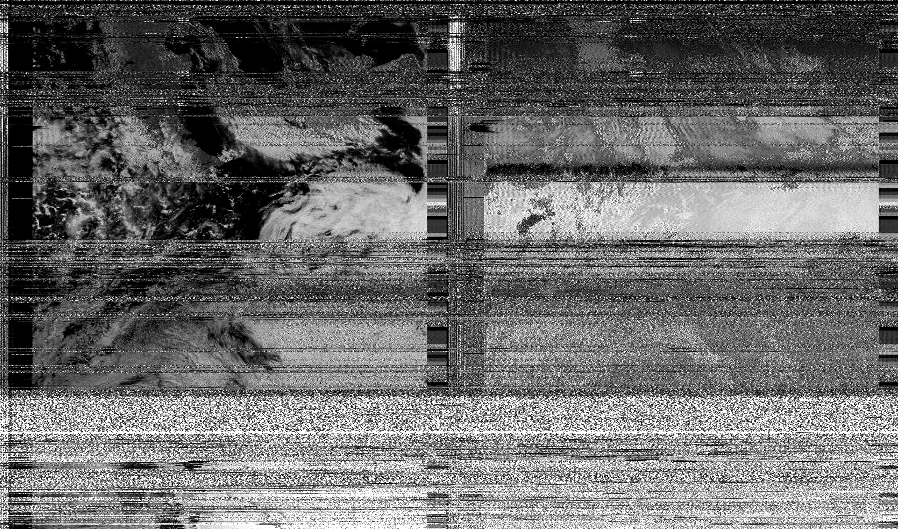During my stay in Wulaia, I repeatedly imagine the scene of the first radio transmission. I playfully extrapolate that late 19th-century moment in the United Kingdom, where a sound generated in Bristol (England) resonated in Pernath (Wales): for the first time, I can hear something happening simultaneously but outside my immediate surroundings. It is not just an acoustic phenomenon; in some way, time and space are transformed. Something happening elsewhere, in real time, reaches my ears, challenging the physical boundaries that once defined my daily experience.
At least two aspects of this event interest me. The first, of a bodily nature, suggests a mutation in auditory capacity. The ears, which previously only perceived nearby air vibrations, can now capture sounds from a distant space, mediated by invisible waves. The body reaches a new dimension. The second aspect, territorial in nature, relates to the transformation of space itself. The transmission of sounds from another place alters the territory, imprinting the presence of a new space upon the previous one. This acoustic overlap generates a kind of “transterritoriality,” where two locations are connected not by geographic proximity but by their resonance.
Here-and-Elsewhere
Radio introduces a duality between the immediate and the distant, the near and the far, transforming not only the perception of space but also the experience of time. In that first moment of radio, the paradox of inhabiting multiple places simultaneously begins. What was once a concrete physical space expands, intertwining with the “here” of other possible worlds, now both near and distant.
Distance and proximity are redefined.
Current Communications in the Southernmost Region of the Planet
On Navarino Island, radio communications remain the primary means of communication for maritime operations and daily local needs. There is no mobile phone or data coverage, except in Puerto Williams and a few spots along Route Y-905 near Ushuaia (Argentina).

Since 2022, the Southern Optical Fiber (FOA), managed by CTR in partnership with Huawei, has deployed an optical fiber cable nearly 4,000 kilometers long, running from Puerto Montt to Puerto Williams. This facilitates data transmission to Punta Arenas and the rest of the world, providing high-speed internet connectivity. Plans are underway to extend the FOA to Antarctica, offering data transport connectivity to the continent for the first time.
However, outside Puerto Williams, internet connectivity is only possible via the satellite service provided by Starlink. Originally conceived as an ambitious project to bring internet to rural and remote areas, Starlink has grown exponentially, with an undeniable impact on global connectivity.
Since its commercial launch in 2020, Starlink has experienced remarkable growth. By 2023, the company had surpassed 1.5 million users worldwide, with projections to reach between 20 and 30 million users by 2025. This increase is driven by the continuous expansion of its satellite network and the growing demand for connectivity in remote regions underserved by traditional telecommunications infrastructure.
A key factor in this growth is its constellation of low Earth orbit (LEO) satellites. As of early 2024, Starlink has launched more than 4,000 satellites into orbit, with plans to increase this number to a total of 12,000. Additionally, SpaceX has requested FCC authorization to deploy up to 42,000 additional satellites, further expanding its global coverage. These satellites enable high-speed, low-latency connectivity, surpassing the limitations of geostationary satellites and providing coverage to remote regions such as Antarctica, where connectivity options are minimal.
This expansion raises concerns about the monopolization of communications, particularly in strategic and vulnerable regions like Antarctica. What would happen if the connectivity sustaining the southernmost regions and Antarctica were controlled by a single foreign company whose owner has not only technological ambitions but also global political and economic interests?
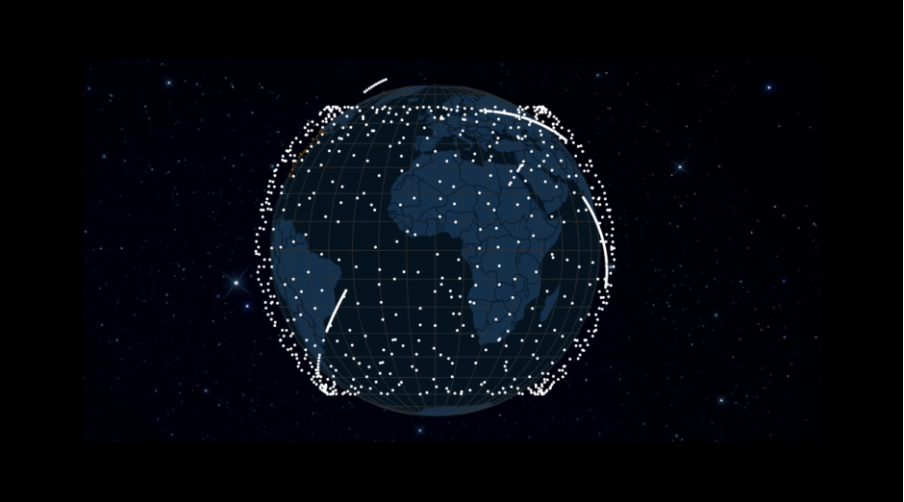
Extraterrestrial Synesthesia
Fascinated by the sublime post-natural landscape evoked by these representations—where humanity is not diminished by the immense forces of nature—I proposed to my expedition companions an exploration of anthropogenic transformations of the sky.
One of the artistic research projects we conducted during our expedition at Wulaia Cove involved the appropriation of satellite technology, allowing us to experience a shift in perspective regarding the territory we were exploring.
Once again, being here and elsewhere. Seeing ourselves from a different perspective, thanks to our ears expanded by radio.
We dedicated ourselves daily to tuning in to the passes of NOAA 15, NOAA 18, and NOAA 19 weather satellites using the accessible, open technologies available to us.
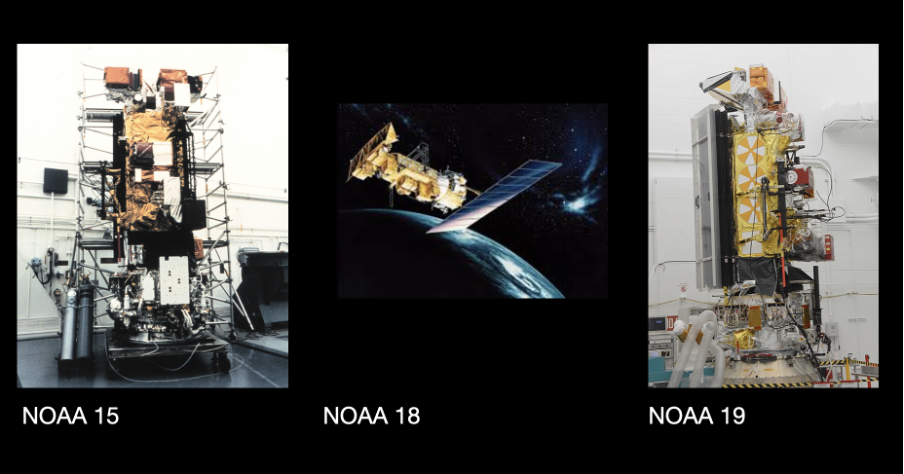
The NOAA-15, NOAA-18, and NOAA-19 satellites are part of a series of Earth observation satellites designed to monitor weather, the environment, and the atmosphere.
● NOAA-15, launched in 1998, was the first in this series.
● NOAA-18, launched in 2005, continued the same mission but with improved instrument precision and extended satellite lifespan.
● NOAA-19, launched in 2009, further enhanced data quality and measurement reliability.
These satellites operate in sun-synchronous orbits, allowing them to pass over the same locations on Earth at the same local time each day, facilitating long-term data comparisons.
They continuously scan the Earth while transmitting radio signals line by line, sending the captured images back to Earth.
Listening to these satellites and translating their signals into images involves receiving their transmissions using a directional antenna and an SDR (Software Defined Radio) receiver tuned to the satellite’s frequency. Then, specialized software (many of which are freely available online) decodes the transmitted data, converting it into weather images. In other words, we suddenly see (and we could say “see ourselves,” as the satellite is directly above us) through what we hear.
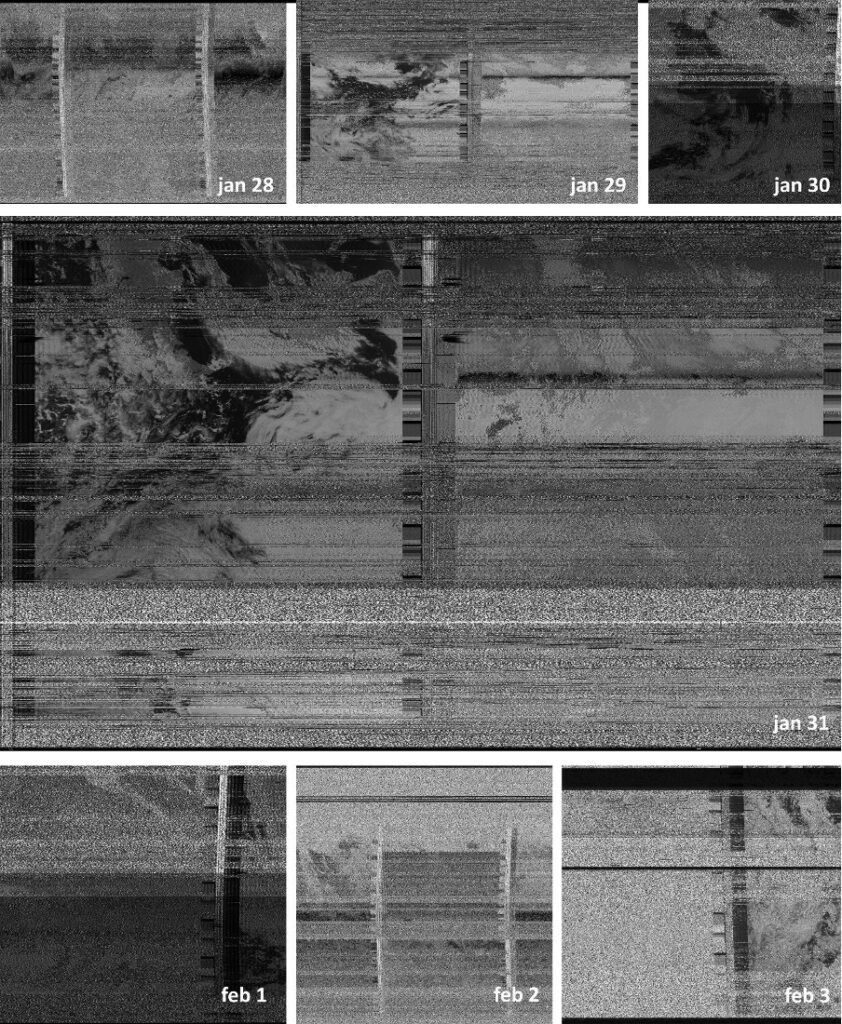
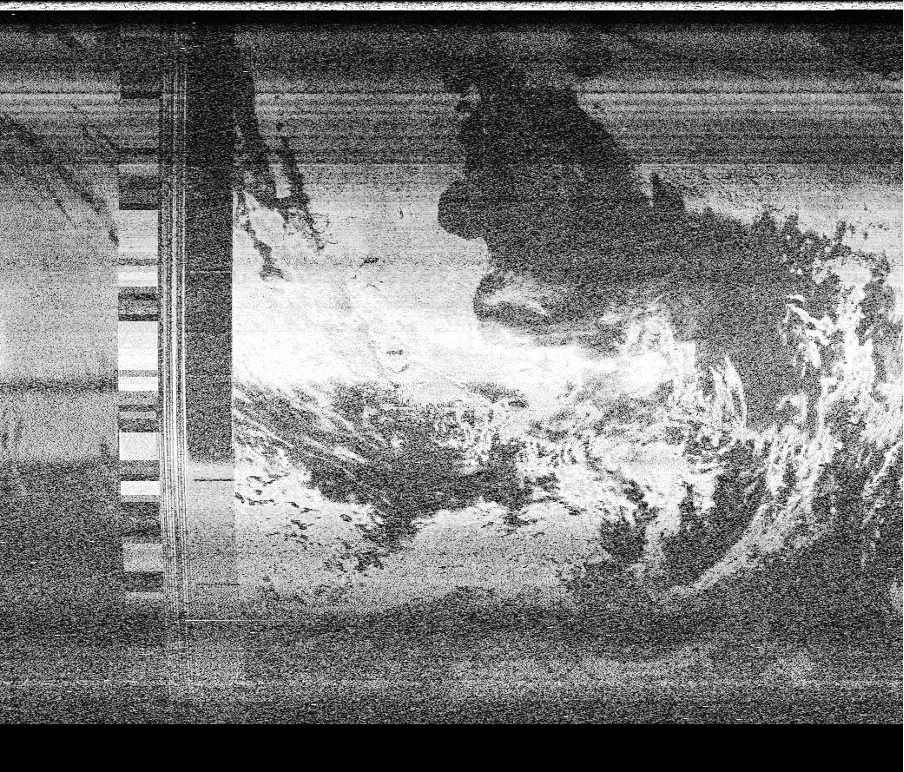
Transmission Space
Reviving the ex-radio station.
An antenna, whether in the natural or electromagnetic world, can be defined as a sensory organ acting as a bridge between two realities. In insects and other animals, antennas are sensory structures that capture chemical and physical signals from the environment, translating them into vital information for survival. In science and technology, electromagnetic antennas serve a similar function, capturing radio waves and other electromagnetic radiation, converting them into data that enable communication and information transfer. Thus, antennas stand as essential sensors, translating and connecting different worlds through signal reception and transmission.
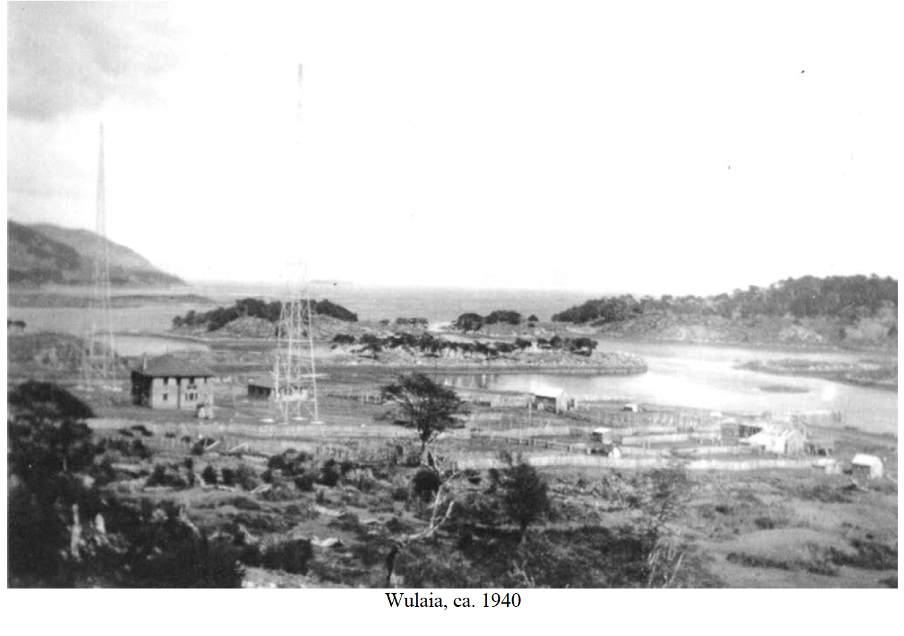
Can we envision a research and interpretation center housed in the former radio building in Wulaia? How can we reinterpret the notion of heritage from the perspective of transmission and transformation rather than mere preservation? Instead of reducing heritage value to static objects, we should expand it to encompass the current environment: the territory, waters, rocks, biodiversity, winds, and the stories these entities can narrate and transmit. This means understanding heritage as an ongoing activity, a collective construction evolving through time.
In upcoming expeditions, we aim to establish radio transmission sessions, podcast creation, and continuous digital broadcasts that enable remote listening access to this territory.
The preferred conservation and research strategy in this proposal is to transmit, externalize, and liberate heritage into the multiple resonances it can generate in the territories it reaches.
